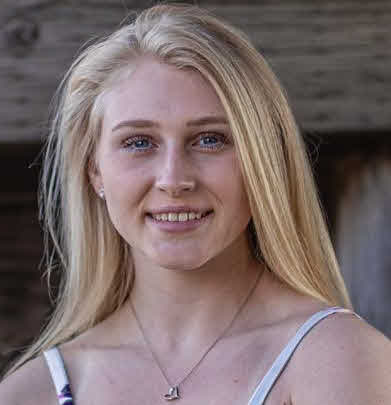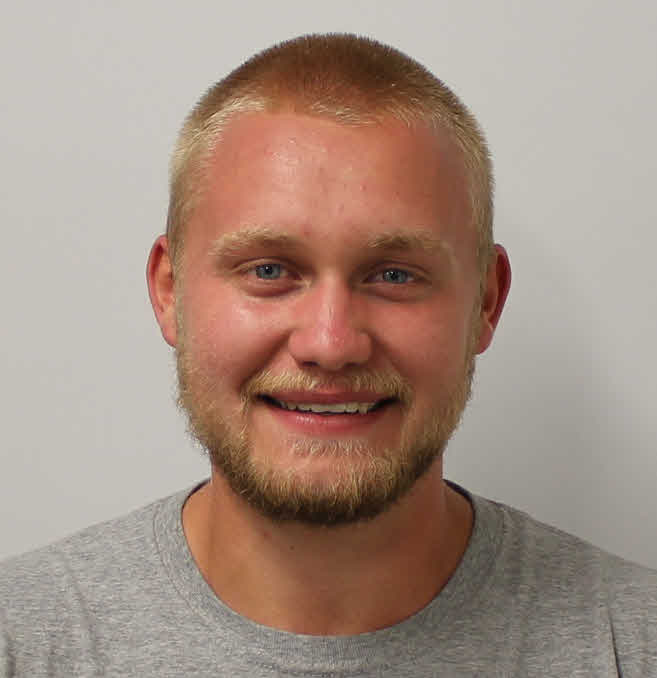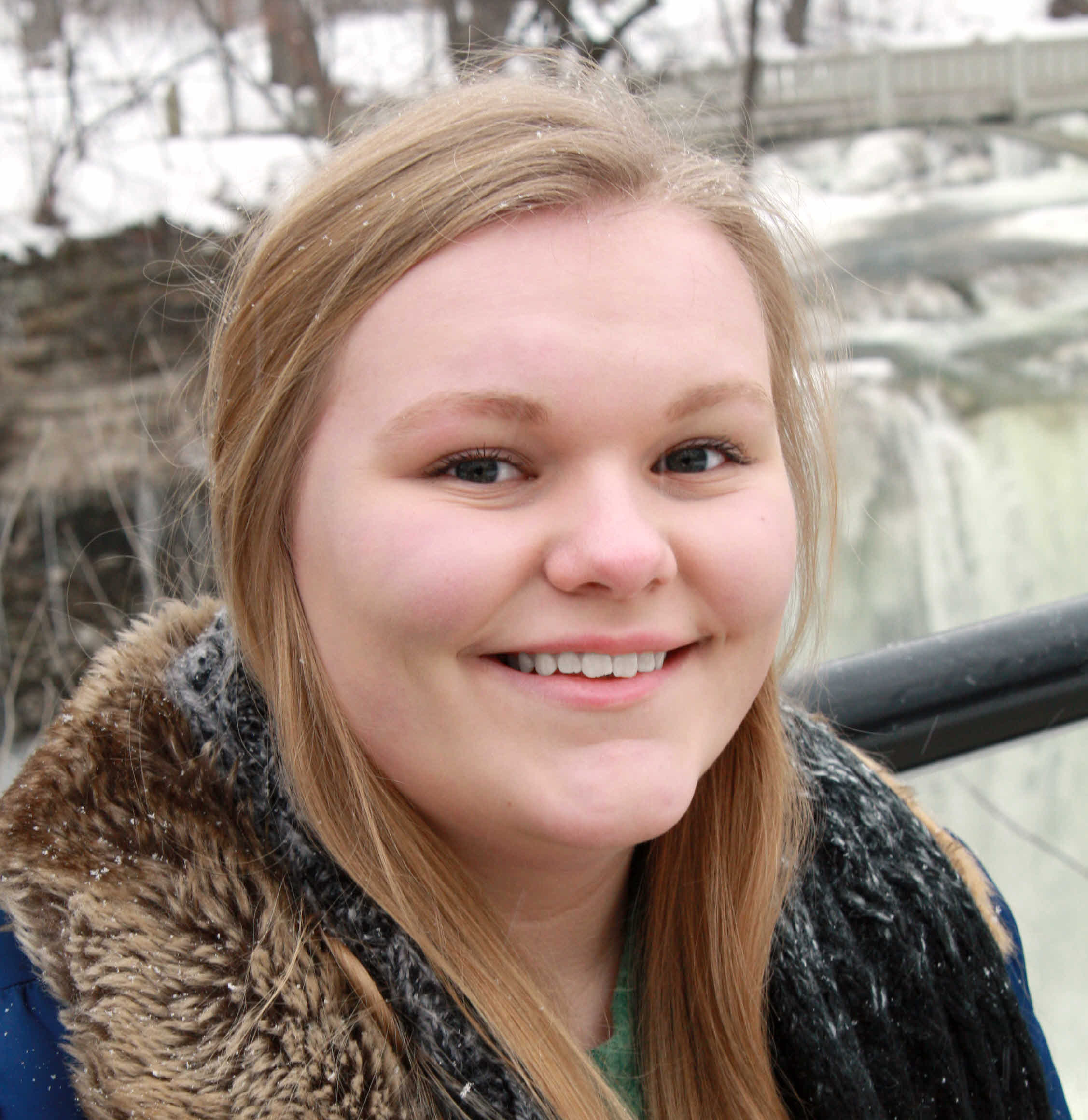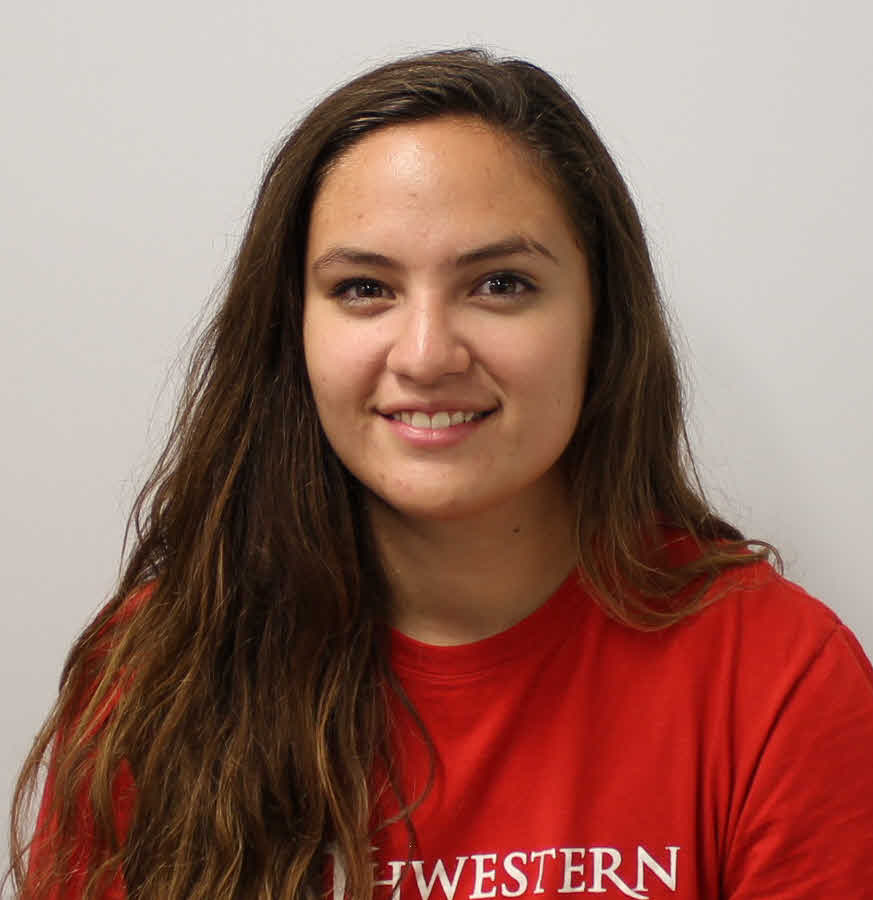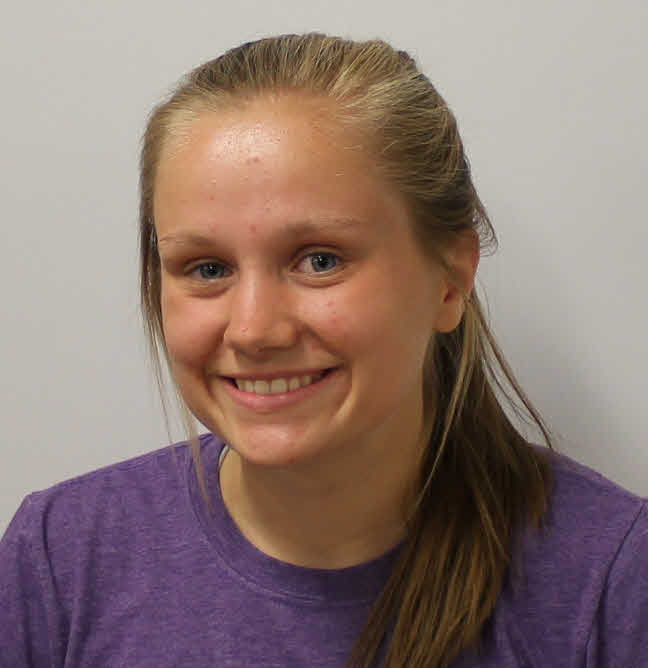Below is a summary of the abstract you submitted. Presenting author(s) is shown in bold.
If any changes need to be made, you can modify the abstract or change the authors.
You can also download a .docx version of this abstract.
If there are any problems, please email Dan at dar78@pitt.edu and he'll take care of them!
This abstract was last modified on March 18, 2023 at 1:04 p.m..

Sbash is a temperate bacteriophage that infects Mycobacterium smegmatis. It was assigned to cluster I2 based on gene-content similarity of 35% or higher to sequenced bacteriophages present in the Actinobacteriophage database, phagesDB. Its genome was annotated in 2014 and found to include 89 protein-coding genes, only 22 of which were assigned functions based on bioinformatic analysis. We are using a genetic screen to identify functions of phage genes for which no function is currently known. We cloned 40 of the genes in Sbash’s genome with sizes ranging from 90 bp to 3,666 bp. We screened each gene for cytotoxicity and identified six genes that reduced growth of the host cells when expressed. We also screened for defense, the ability of each gene product to protect the host cell from infection by another phage. We identified eight Sbash gene products that defend host cells from infection by other mycobacteriophages. We have also analyzed genes in Mycobacteriophage Island3, a cluster I1 phage, for cytotoxicity and defense to complete the screen of this phage started by students in previous research groups.

